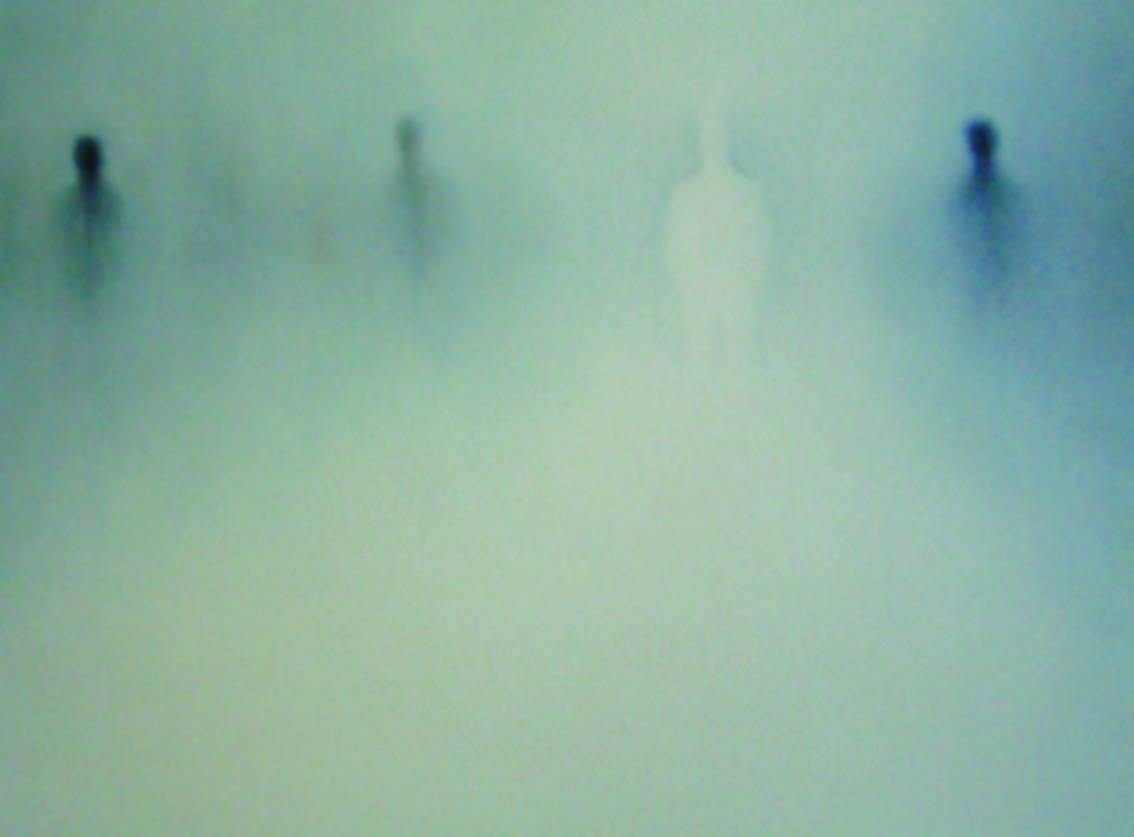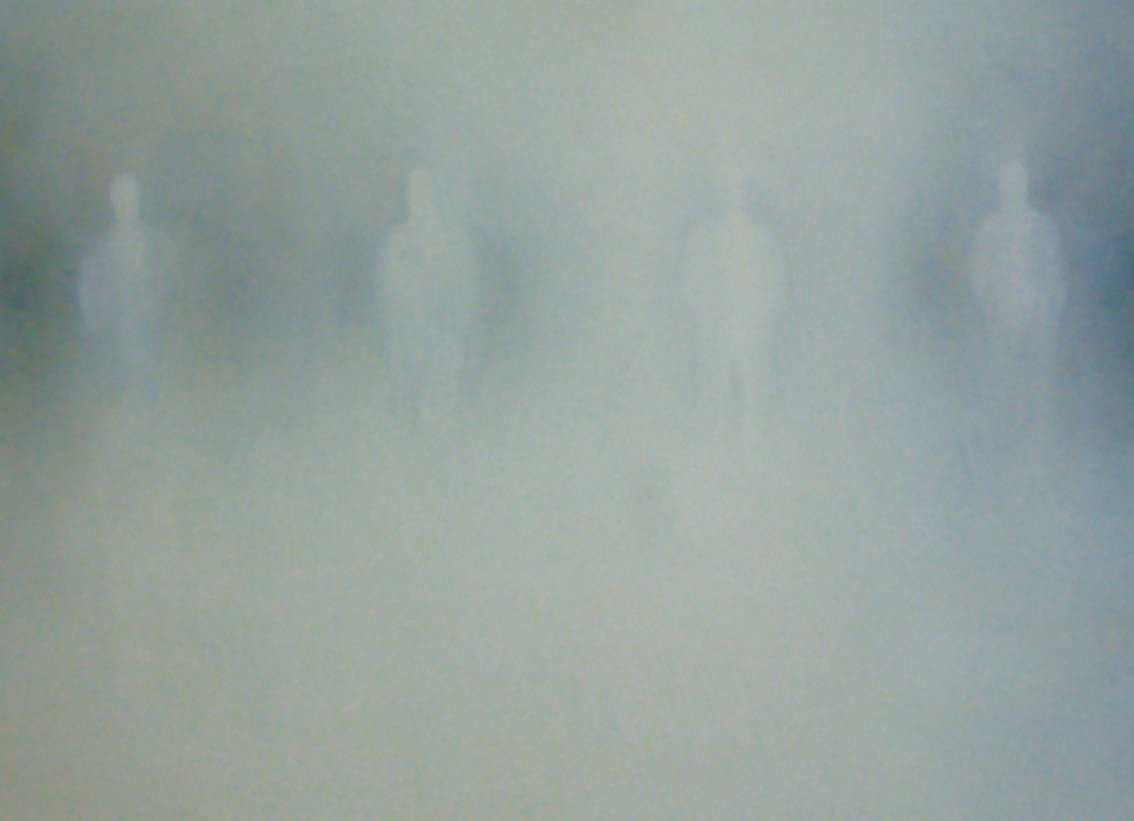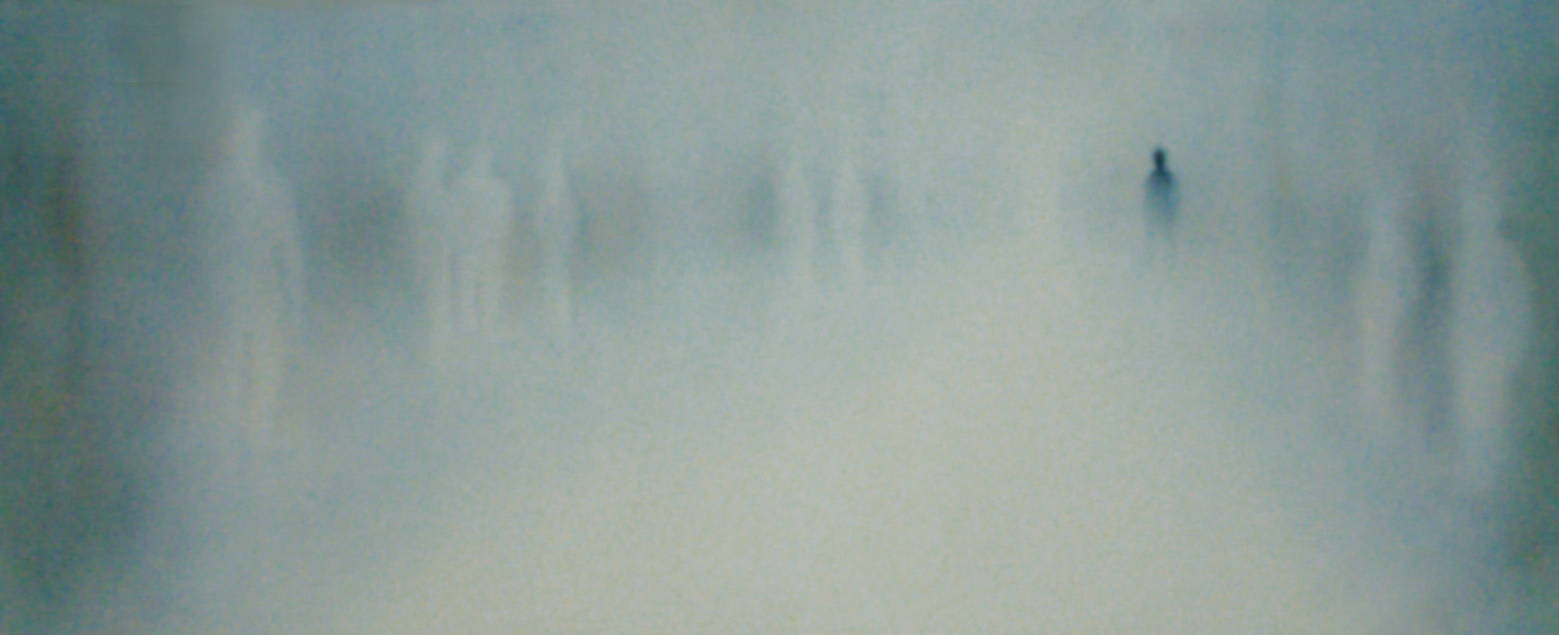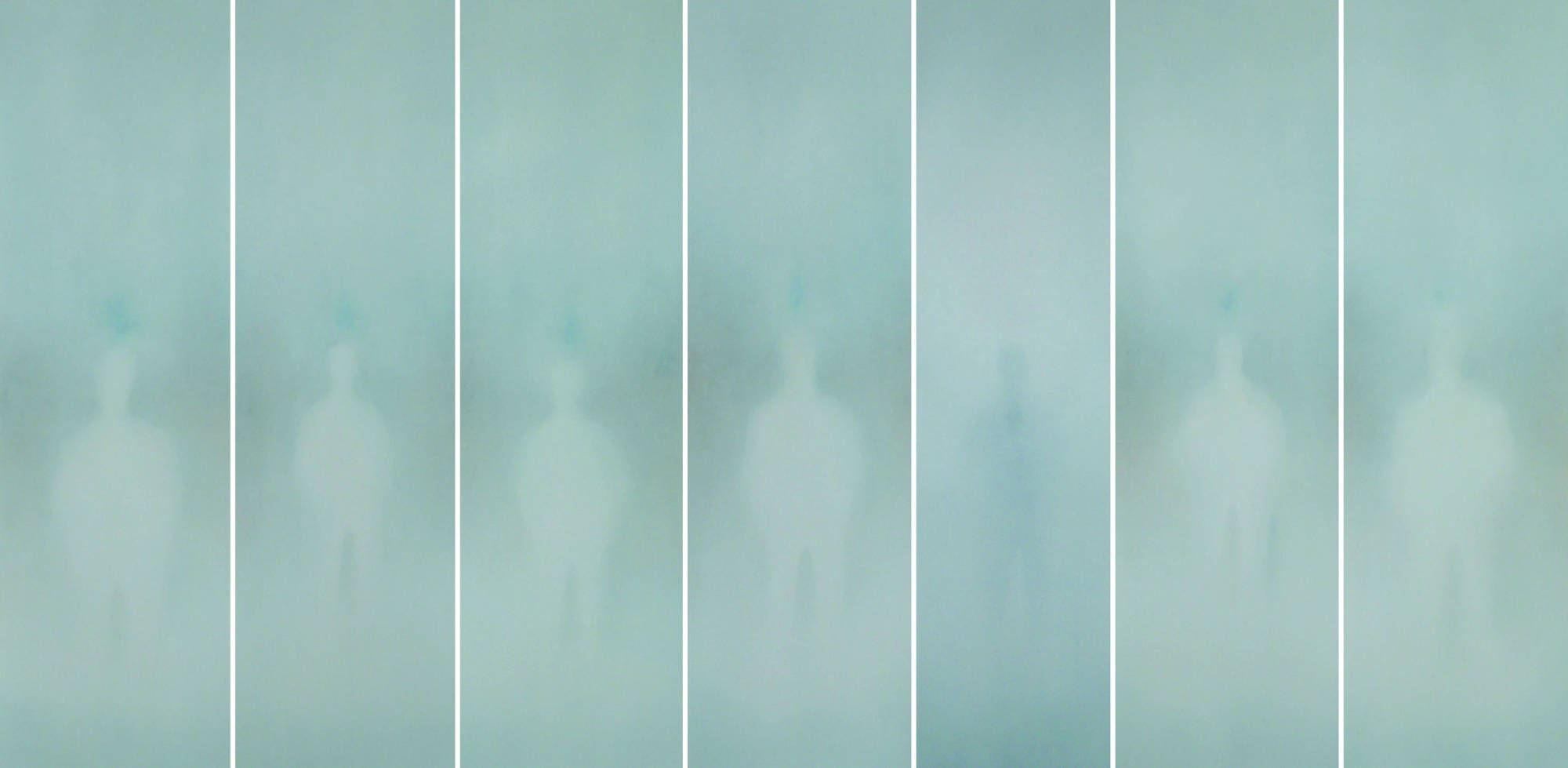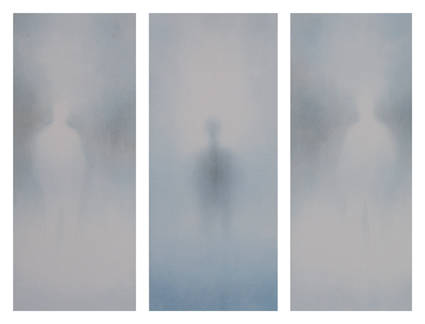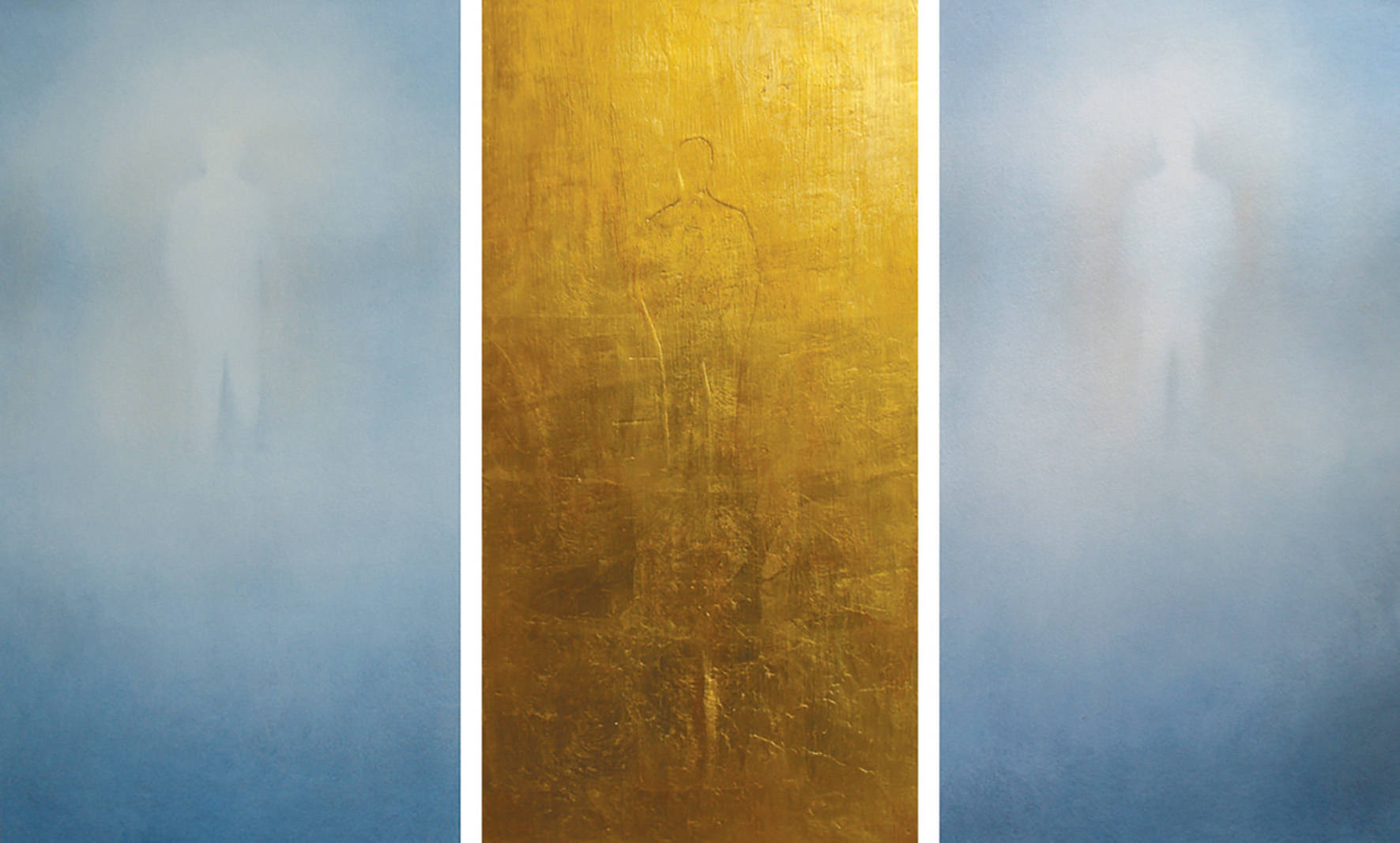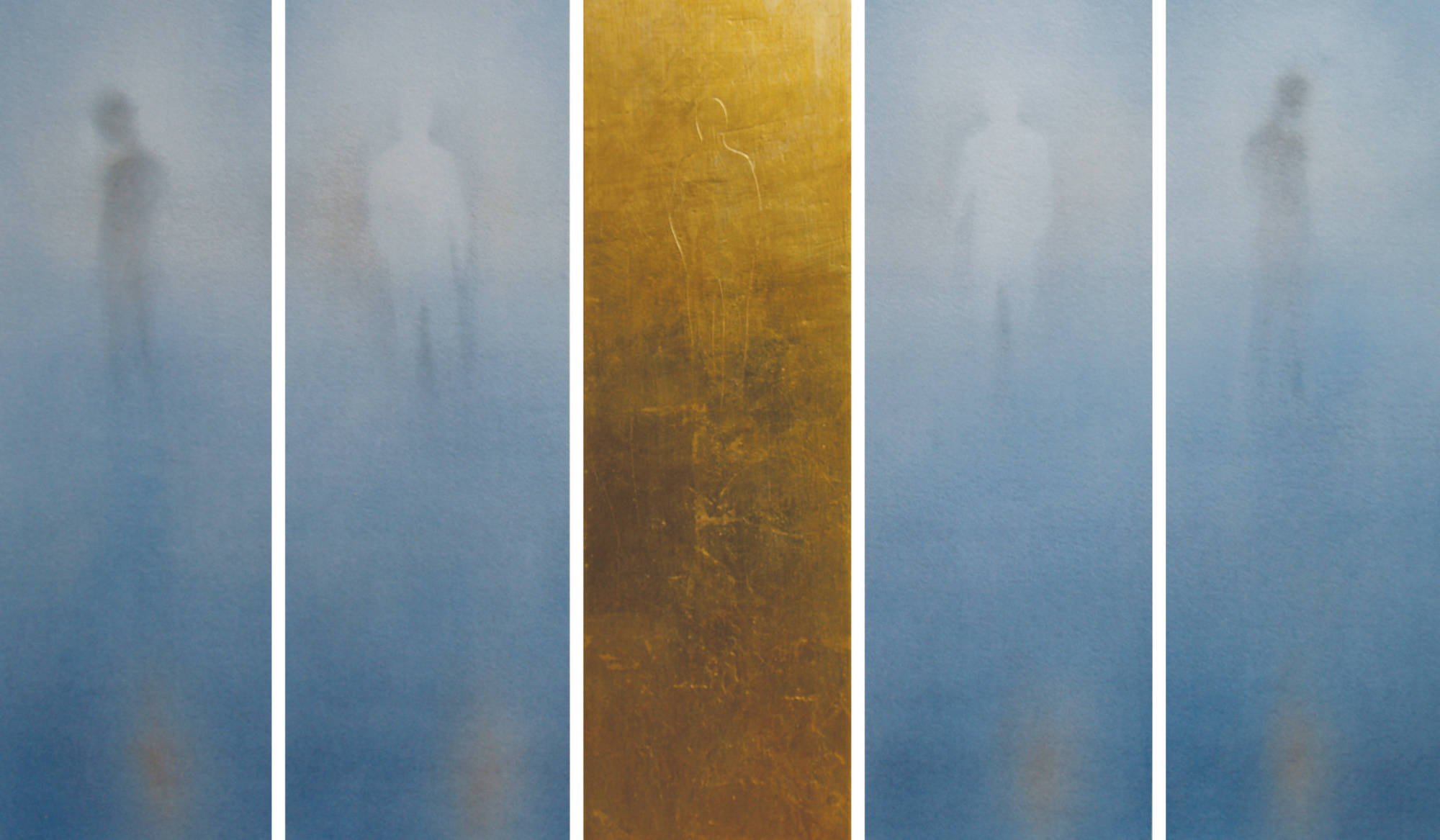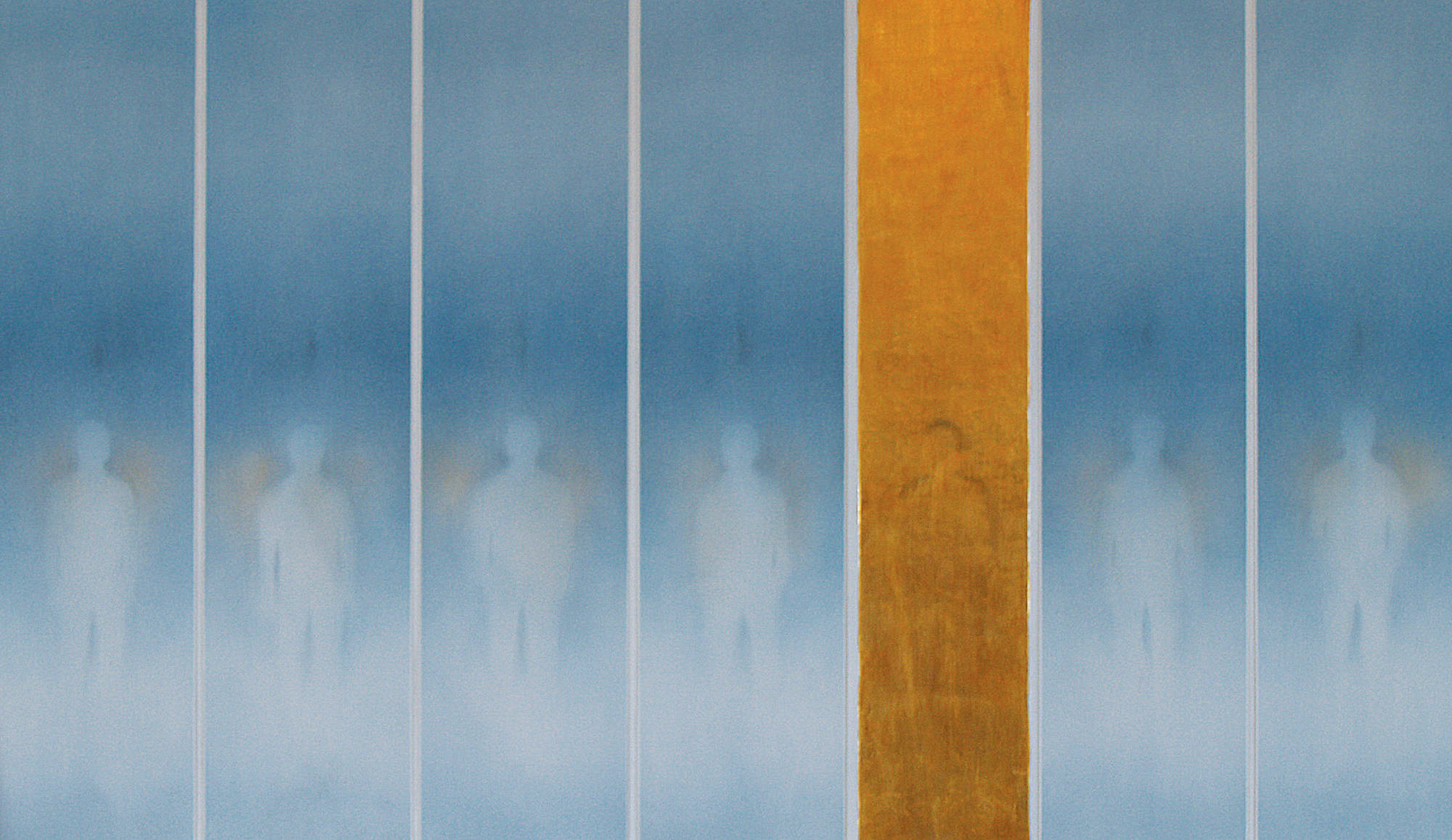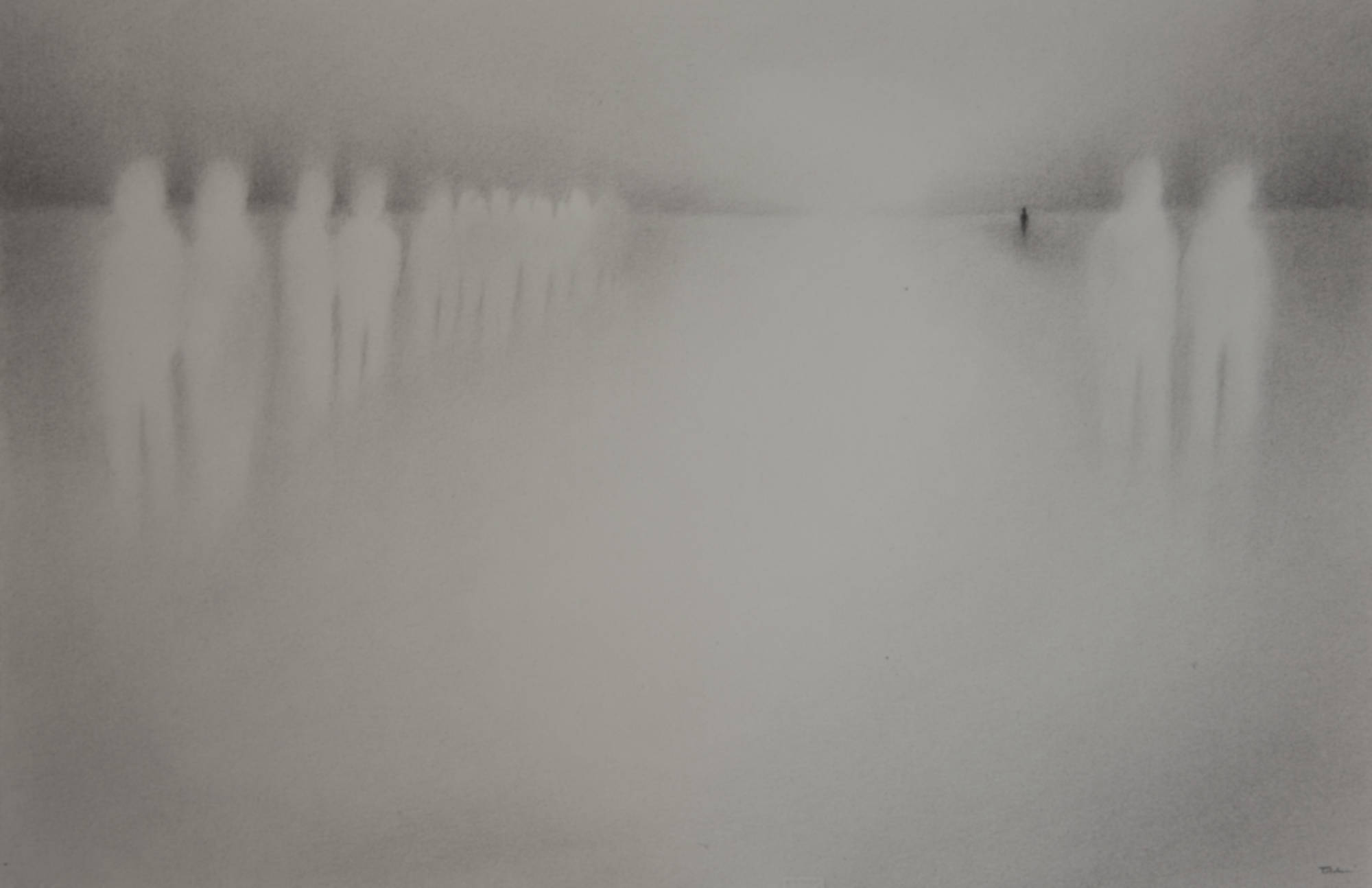 ESSERE APPARIRE #1
ESSERE APPARIRE #1Watercolor on paper
cm 129x44 - 2007
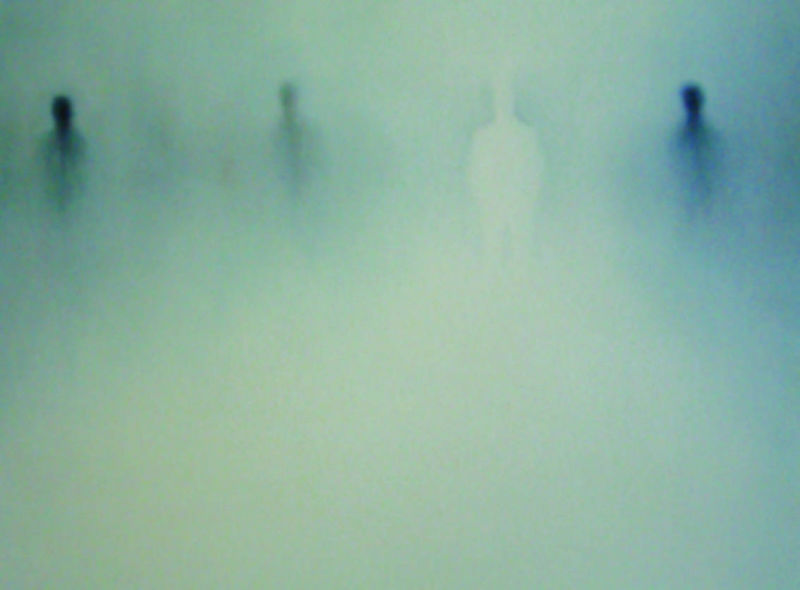 ESSERE APPARIRE #2
ESSERE APPARIRE #2Watercolor on paper
cm 50x67 - 2007
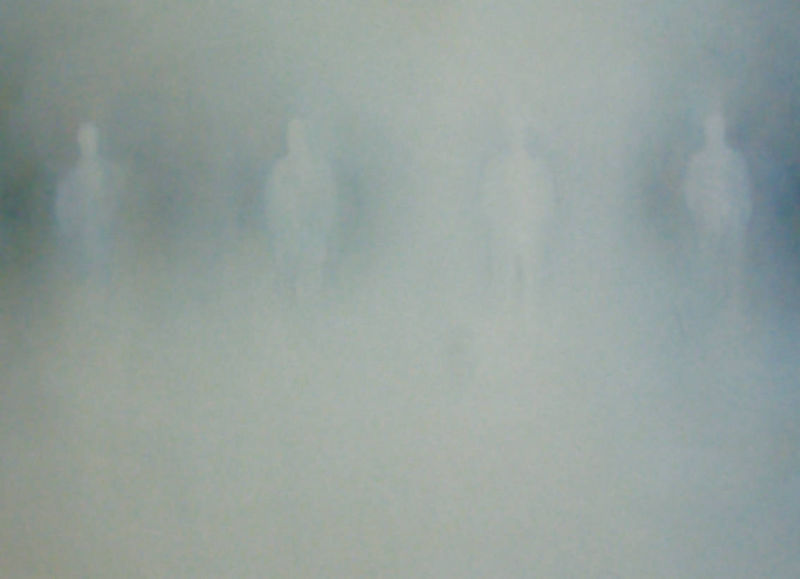 ESSERE APPARIRE #3
ESSERE APPARIRE #3Watercolor on paper
cm 50x67 - 2007
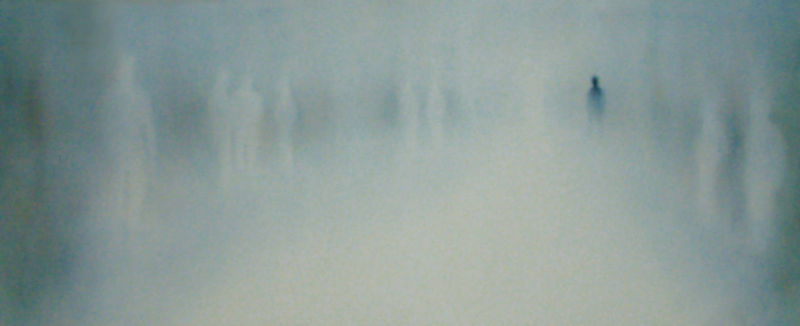 ESSERE APPARIRE #4
ESSERE APPARIRE #4Watercolor on paper
cm 58x128 - 2007
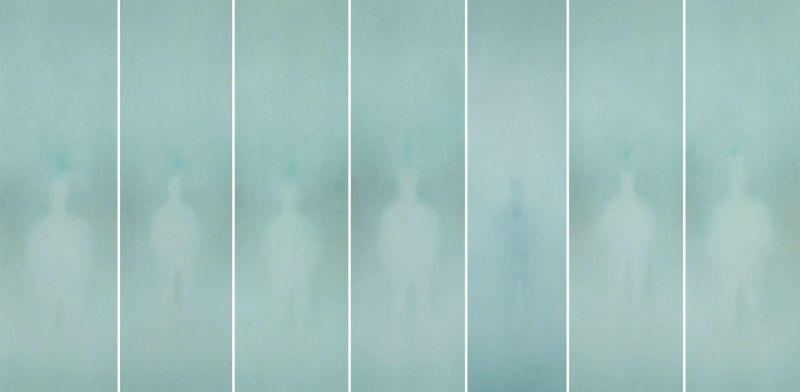 ESSERE APPARIRE #6
ESSERE APPARIRE #6Polyptych - Watercolor on paper
cm 64x127 - 2007
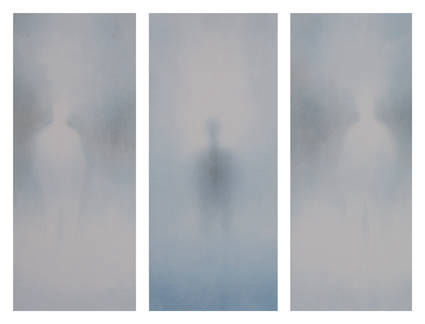 ESSERE APPARIRE #7
ESSERE APPARIRE #7Tryptich - Watercolor on paper
cm 56x74 - 2007
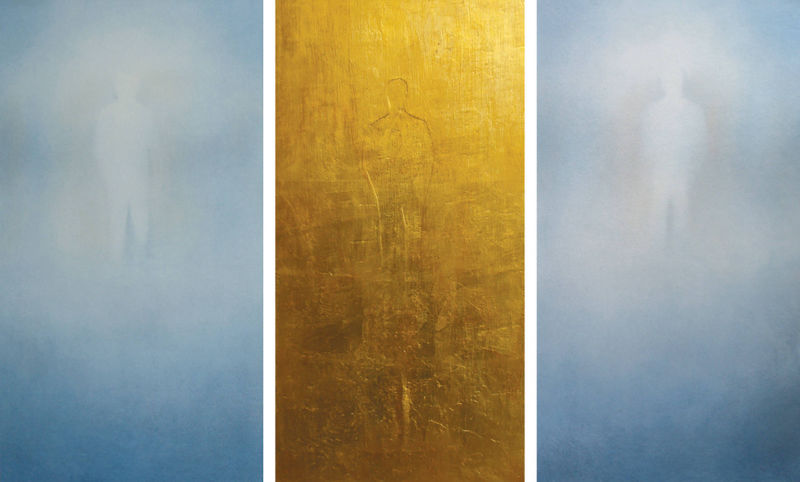 ESSERE APPARIRE #8
ESSERE APPARIRE #8Tryptich - Mixed Media
(watercolor and gold leaf)
cm 70x120 - 2008
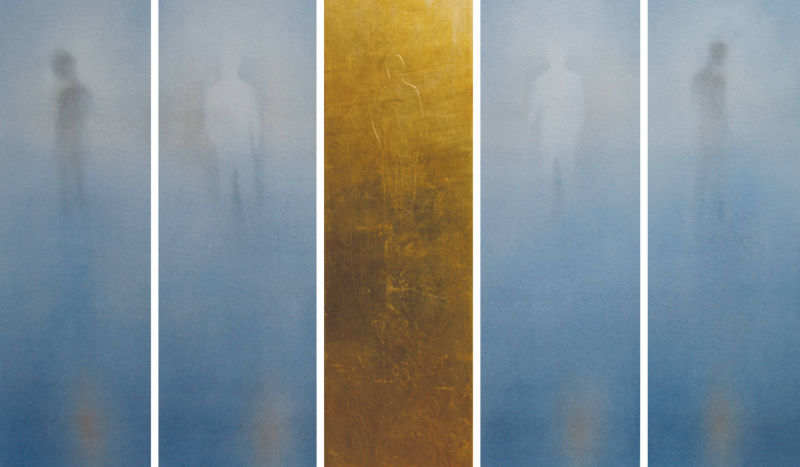 ESSERE APPARIRE #9
ESSERE APPARIRE #9Tryptich - Mixed Media
(watercolor and gold leaf)
cm 50x86 - 2008
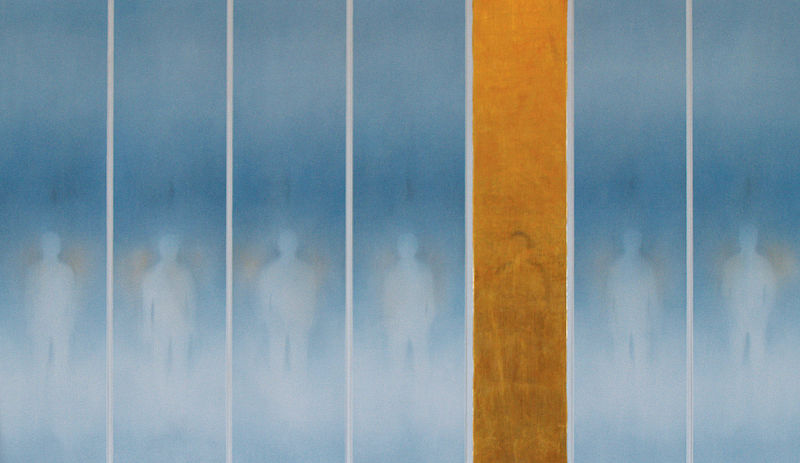 ESSERE APPARIRE #10
ESSERE APPARIRE #10Tryptich - Mixed Media
(watercolor and gold leaf)
cm 87x143 - 2008
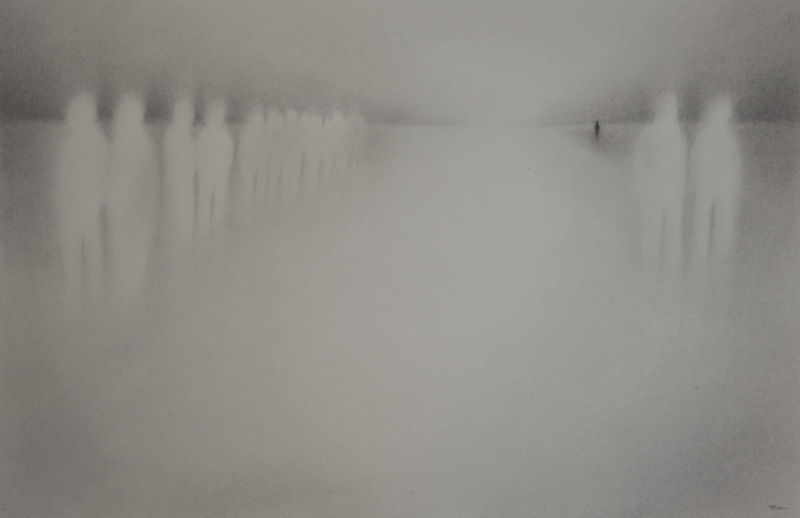 ESSERE APPARIRE
ESSERE APPARIREGraphite on paper
cm 35x50 - 2007

